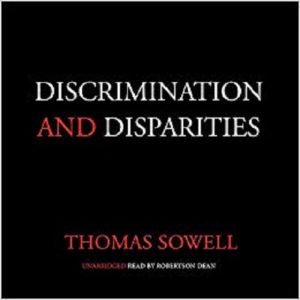Reviewed by Jayne Cubbage
(Akiit.com) Breastlessness by Nicole Bryant is both memoir and breast cancer resource guide. In the first half of the book, Bryant shares her own experience with the disease and she spares hardly a detail. She writes on first learning of her diagnosis, the denial and indecisiveness and the tug on her inner strength during a very trying time in her life.
In the biography section of the book, the reader is taken on a roller coaster ride through the breast cancer experience. While Bryant does not detail the experience of every person, (men are diagnosed also), she allows her experience to exemplify the process of medical regimens, doctors, hospital stays, the decision to have a lumpectomy versus a mastectomy, reconstruction and prosthetics and to have chemotherapy or not. The account of her story is so detailed that the reader is drawn in by Bryant’s experience and feels as though they are walking with her as she travels her journey.
Bryant also allows her personal story to provide an example of what a journey could be for any person who is diagnosed by revealing the choices she had to make for her own treatment and recovery. But while she displays various treatment options which she had to decide upon, she makes it abundantly clear that every person with the disease will have their own journey. Most importantly, patients are admonished to expect the unexpected and simply experience their journey with their eyes wide open and to be armed with plenty of knowledge.
In order to help with facilitating the importation of knowledge about breast cancer, Bryant uses the second half of the book as a resource guide that discusses thoroughly key terms and important terminology and phrases one is likely to hear as they funnel through the treatment maze of breast cancer.
Once a diagnosis is first given a person will find this section quite useful in keeping track of what healthcare providers are advising them and what they want to choose for themselves. Bryant advises the reader to ask doctors questions, and to come to their visits prepared and to write everything down. Essentially she encourages the diagnosed to be very proactive and involved in their treatment. Bryant says patients should not be wary of getting a second opinion.
There is also a section for men in the book where she advises men who love someone who is diagnosed how to be understanding and supportive during their loved one’s journey. She then discusses how men who are actually diagnosed may experience many of the same emotions as women and that they should be equally prepared for their medical experience and to be an active participant in their treatment as well.
The book covers the legal and civil rights of a person diagnosed with breast cancer and what one should do if they are victimized by discrimination as well as their rights under federal laws and government resources they may seek out. Bryant also lists organizations that support those who are battling breast cancer or for survivors. Then there is the all-important glossary of terms at the end of the book to help patients through the many terms and jargon they are likely to be barraged with during their treatment.
Finally, Breastlessness is like a strong hand to hold during a terrifying time in one’s life. This important resource is not only useful for the diagnosed, but also for family, friends and others who may want to familiarize themselves with the disease. Even for the undiagnosed, readers of this book will walk away from this well written and thorough book with a clearer understanding of and respect for the diagnosed and survivors. Readers will have a newfound wealth of knowledge of breast cancer that spans well beyond the pink ribbon. This book is a true educational resource for all.









Leave a Reply